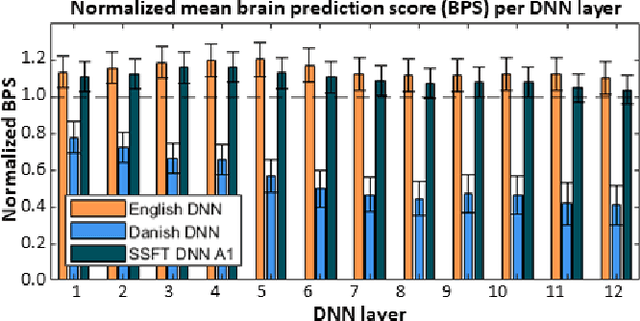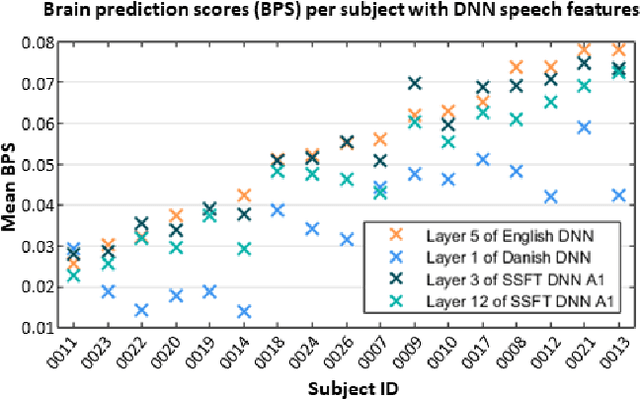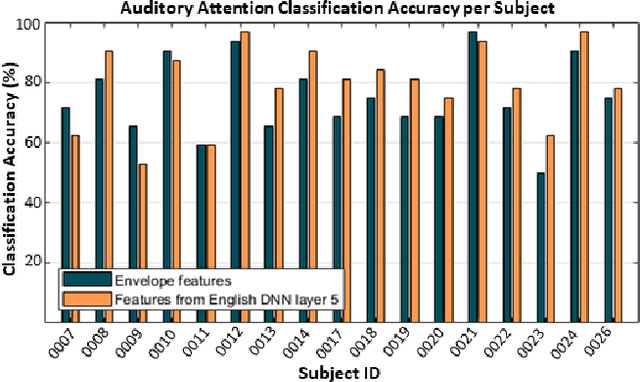Leonardo Gizzi
Single-Example Learning in a Mixture of GPDMs with Latent Geometries
Jun 17, 2025Abstract:We present the Gaussian process dynamical mixture model (GPDMM) and show its utility in single-example learning of human motion data. The Gaussian process dynamical model (GPDM) is a form of the Gaussian process latent variable model (GPLVM), but optimized with a hidden Markov model dynamical prior. The GPDMM combines multiple GPDMs in a probabilistic mixture-of-experts framework, utilizing embedded geometric features to allow for diverse sequences to be encoded in a single latent space, enabling the categorization and generation of each sequence class. GPDMs and our mixture model are particularly advantageous in addressing the challenges of modeling human movement in scenarios where data is limited and model interpretability is vital, such as in patient-specific medical applications like prosthesis control. We score the GPDMM on classification accuracy and generative ability in single-example learning, showcase model variations, and benchmark it against LSTMs, VAEs, and transformers.
EEG motor imagery decoding: A framework for comparative analysis with channel attention mechanisms
Oct 17, 2023Abstract:The objective of this study is to investigate the application of various channel attention mechanisms within the domain of brain-computer interface (BCI) for motor imagery decoding. Channel attention mechanisms can be seen as a powerful evolution of spatial filters traditionally used for motor imagery decoding. This study systematically compares such mechanisms by integrating them into a lightweight architecture framework to evaluate their impact. We carefully construct a straightforward and lightweight baseline architecture designed to seamlessly integrate different channel attention mechanisms. This approach is contrary to previous works which only investigate one attention mechanism and usually build a very complex, sometimes nested architecture. Our framework allows us to evaluate and compare the impact of different attention mechanisms under the same circumstances. The easy integration of different channel attention mechanisms as well as the low computational complexity enables us to conduct a wide range of experiments on three datasets to thoroughly assess the effectiveness of the baseline model and the attention mechanisms. Our experiments demonstrate the strength and generalizability of our architecture framework as well as how channel attention mechanisms can improve the performance while maintaining the small memory footprint and low computational complexity of our baseline architecture. Our architecture emphasizes simplicity, offering easy integration of channel attention mechanisms, while maintaining a high degree of generalizability across datasets, making it a versatile and efficient solution for EEG motor imagery decoding within brain-computer interfaces.
Predicting EEG Responses to Attended Speech via Deep Neural Networks for Speech
Feb 27, 2023



Abstract:Attending to the speech stream of interest in multi-talker environments can be a challenging task, particularly for listeners with hearing impairment. Research suggests that neural responses assessed with electroencephalography (EEG) are modulated by listener`s auditory attention, revealing selective neural tracking (NT) of the attended speech. NT methods mostly rely on hand-engineered acoustic and linguistic speech features to predict the neural response. Only recently, deep neural network (DNN) models without specific linguistic information have been used to extract speech features for NT, demonstrating that speech features in hierarchical DNN layers can predict neural responses throughout the auditory pathway. In this study, we go one step further to investigate the suitability of similar DNN models for speech to predict neural responses to competing speech observed in EEG. We recorded EEG data using a 64-channel acquisition system from 17 listeners with normal hearing instructed to attend to one of two competing talkers. Our data revealed that EEG responses are significantly better predicted by DNN-extracted speech features than by hand-engineered acoustic features. Furthermore, analysis of hierarchical DNN layers showed that early layers yielded the highest predictions. Moreover, we found a significant increase in auditory attention classification accuracies with the use of DNN-extracted speech features over the use of hand-engineered acoustic features. These findings open a new avenue for development of new NT measures to evaluate and further advance hearing technology.
 Add to Chrome
Add to Chrome Add to Firefox
Add to Firefox Add to Edge
Add to Edge